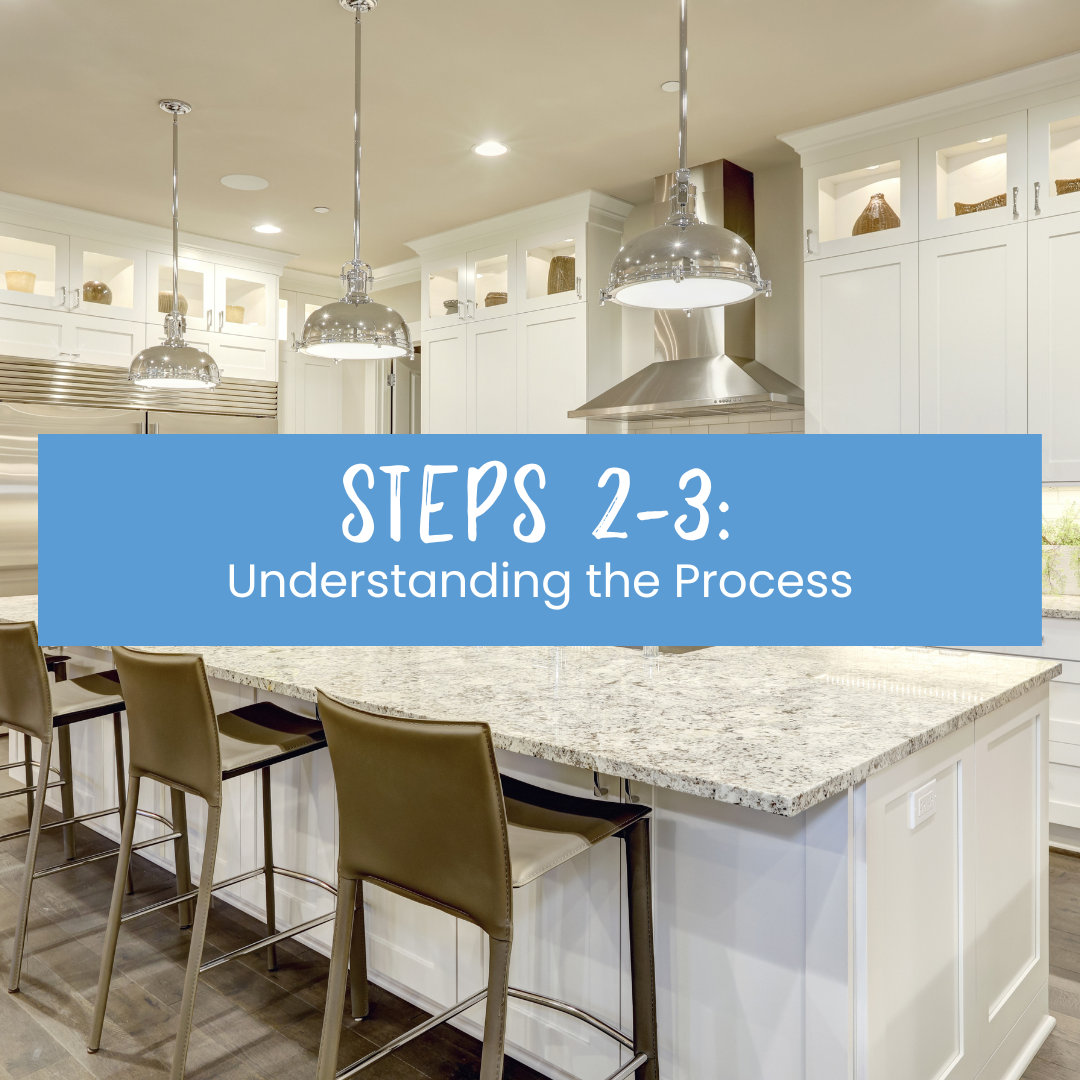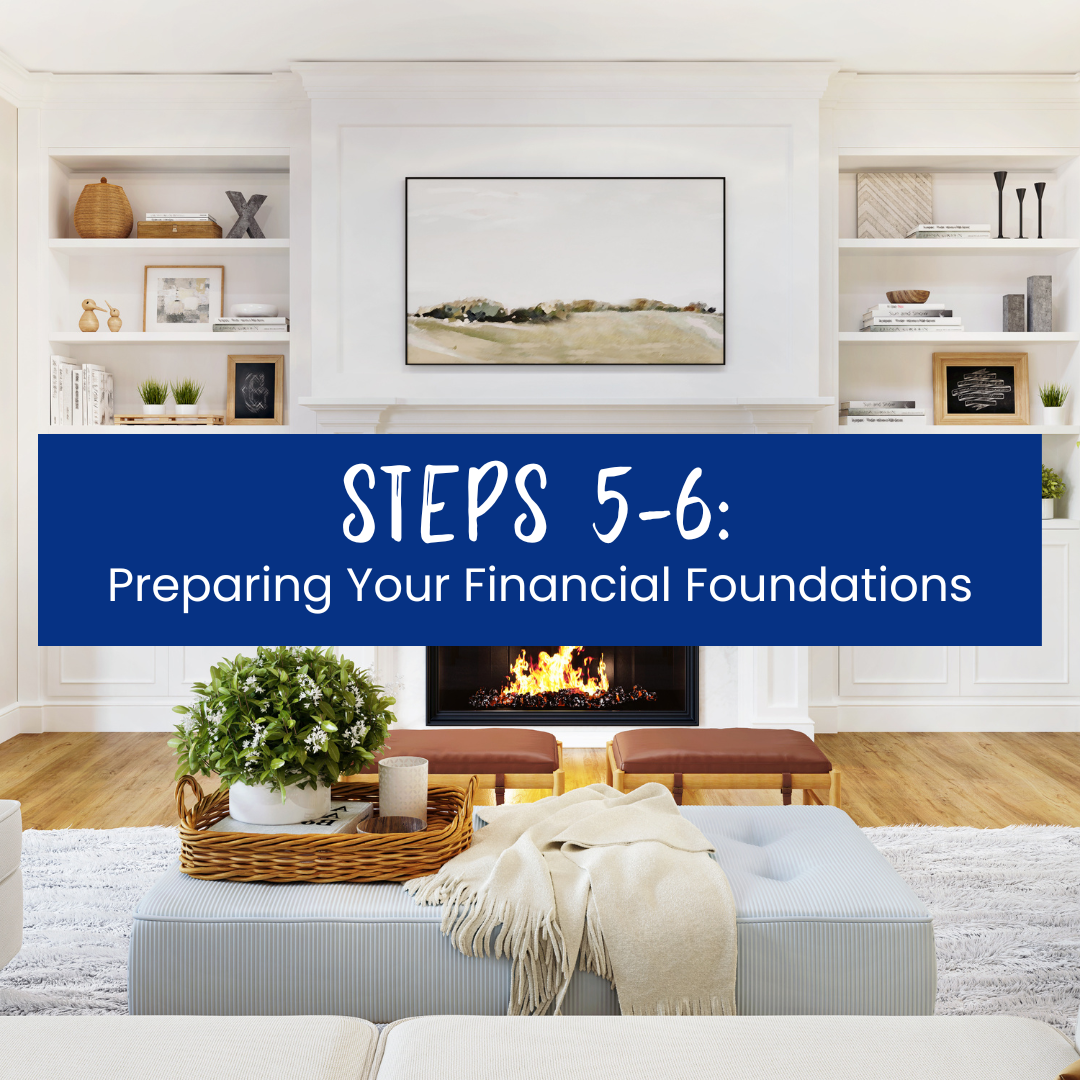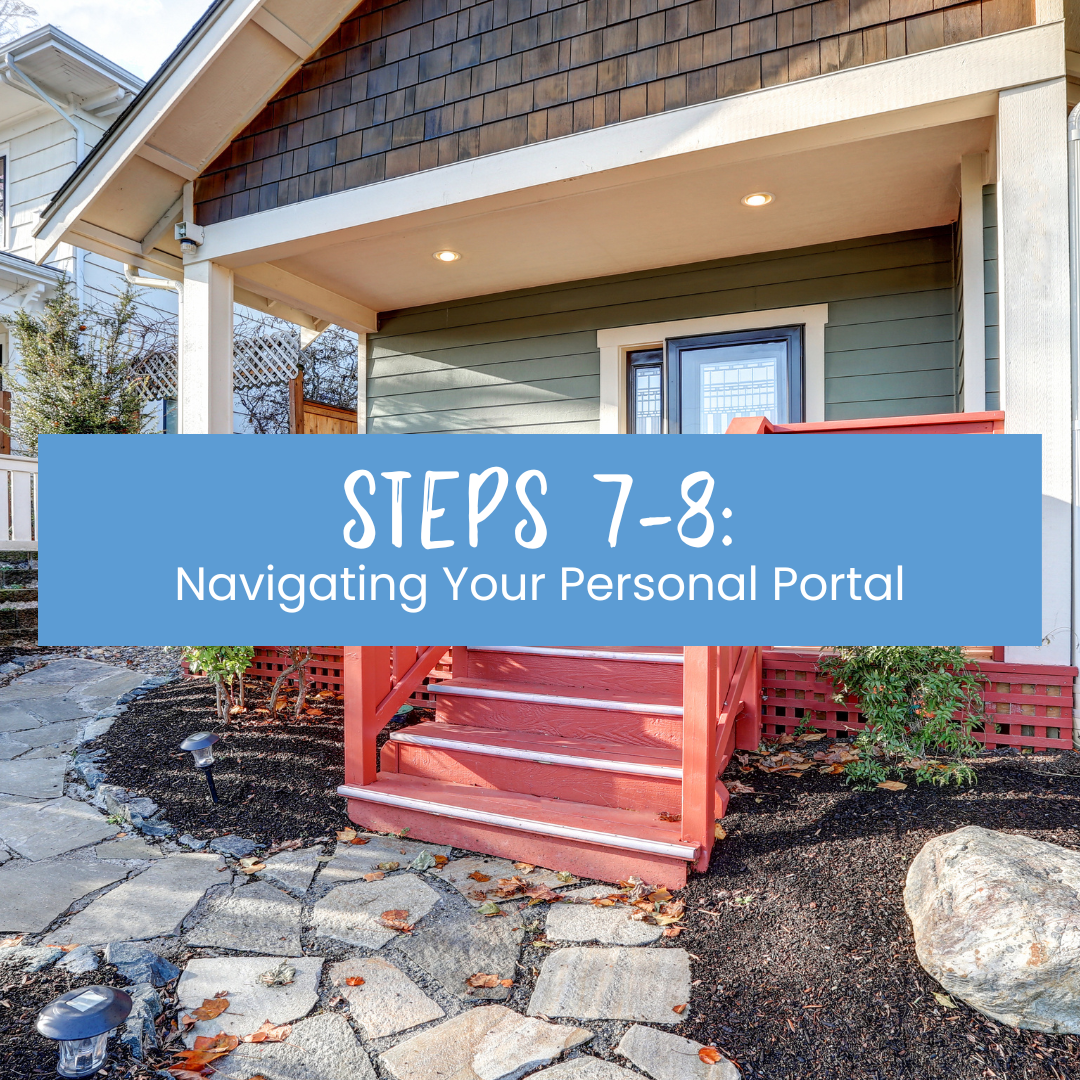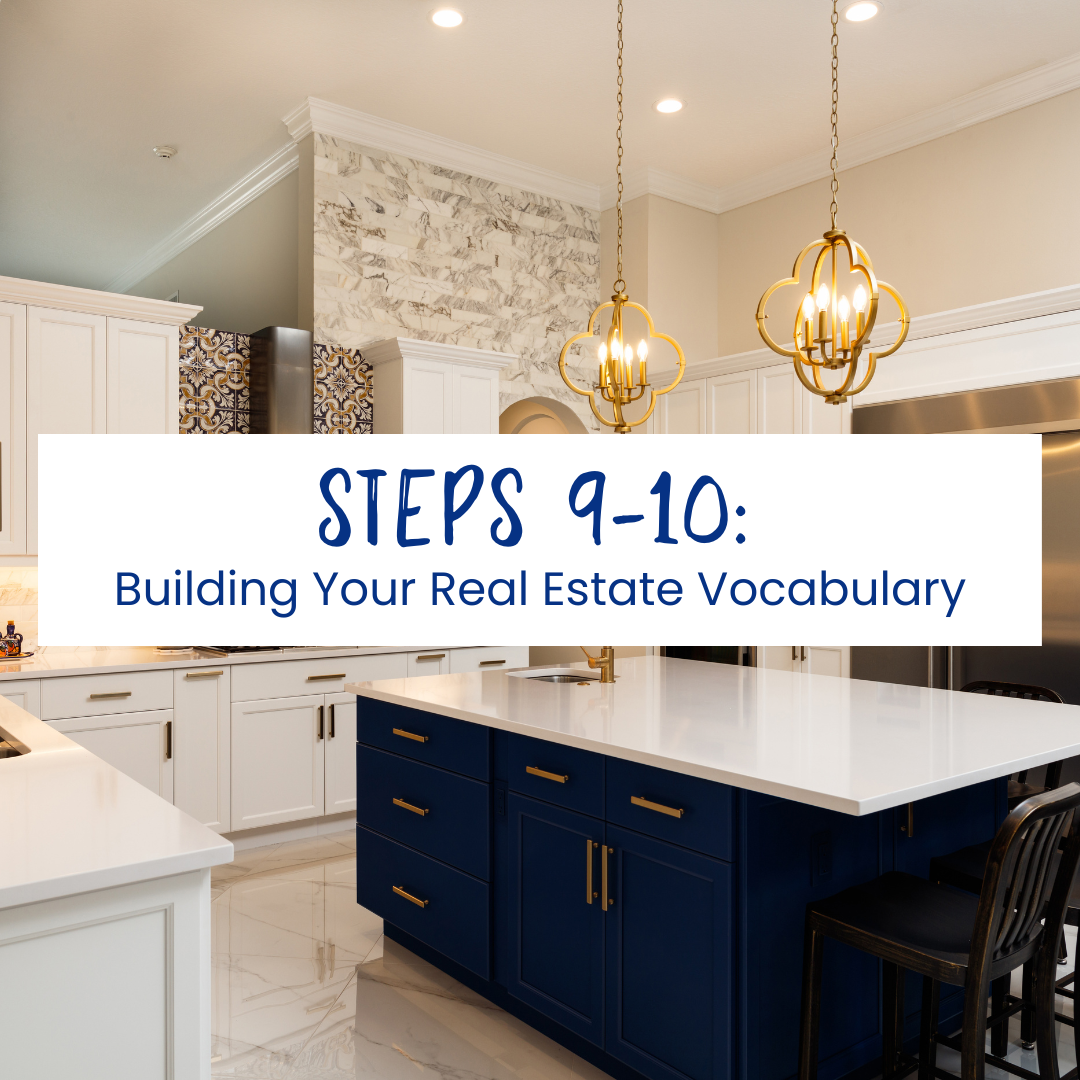Meet Andi Dyer
Welcome! I'm Andi Dyer, dedicated to helping you craft a financial legacy through real estate in Bellingham and Whatcom County. With a legacy of integrity established by my father in 1991, I bring a commitment to excellence and a background in Business Management, coupled with my expertise as a Master Certified Negotiation Expert. My approach centers on clear communication, trust, and strategic investments, guiding you seamlessly through every step of your real estate journey.
Beyond real estate, I’m deeply involved in community development, serving on boards like the Whatcom Women in Business and Whatcom Housing Alliance. I also lead social initiatives, including The Dyer Family Friendship School in Cambodia, which fosters education and sustainable community growth. My global travels across over 40 countries enrich my perspective, allowing me to bring diverse insights and connections to my work. Let’s connect to explore how the Northwest can be the perfect foundation for your legacy.
Discover Real Estate Resources
Navigate your home buying or selling journey with ease. Our curated resources page offers direct links to property maps, zoning info, water rights, and more—everything you need to make informed real estate decisions in Northwest Washington.
What is my home worth?
WHAT PEOPLE ARE SAYING ABOUT ANDI
Andi is a great communicator, takes great care of her clients and is passionate about building our community in a positive way!
Andi is very knowledgeable and professional. She cares about people and finding solutions that fit everyone's needs. She is a loyal problem solver who will have your back. Definitely recommend!
I’ve worked with Andi as the realtor on the other side of the transaction. She is highly professional and advocates for her clients. Her reputation in our industry is well-deserved, and it is a pleasure to collaborate with her.
Sign up for our newsletter
Be the first to know about our newest listings! Our newsletter is helpful, never annoying. Local, never boring. Exclusive, never spammy. Just expert real estate tips, fun giveaways, and the best of Whatcom County.




















